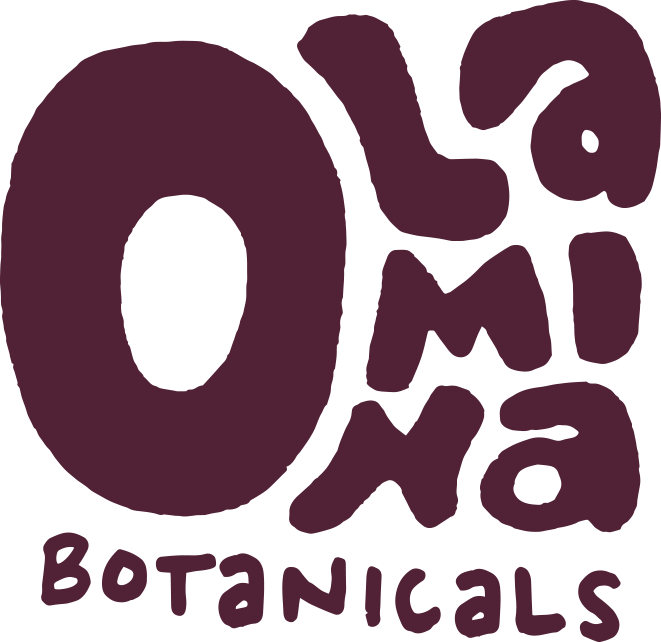Ganoderma Medicine
I call in Reishi (latin: Ganoderma lucidum and G. tsugae) medicine. In the last few weeks I’ve had conversations with several people suffering from intense allergies, respiratory trouble due to asthma/environmental toxins and weakness in the lungs. Reishi is an ally for all of these conditions. Referred to as “lingzhi” in Traditional Chinese Medicine, records of the medicinal usage of Ganoderma lucidum appear in Chinese texts that are more than 2,000 years old. The name “Reishi” comes from Japanese. In latin gan means “shiny,” derm means “skin” and lucidum means “ brilliant.” Ganoderma’s taste is woodsy and bitter, with the latter flavor coming from over 119 triterpenoids, constituents useful in the treatment of tumors, inflammation and liver toxicity. Gentle and slow-moving, I love how Janet Kent described it to my Terra Sylva School classmates as imparting the wisdom and deep wellness of the woods in which it grows. I first started taking Reishi myself in 2014, as part of a protocol to address anxiety and rebuild my digestive health after years of eating gluten, which I am intolerant to. Pictured here is a bit of Ganoderma that was gifted to my friend during her recent trip to California. Just touching it brought me joy.
G. lucidum is neuroprotective, antioxidant, anti-histamine and immunity-enhancing. It is used to treat high blood pressure and diabetes and is an ally to those under stress. Ganoderma lucidum falls into the category of herbs that herbalists call “tonics.” These are medicines that fortify energy while building resilience and health on a long-term level.
Laura Marie Ruocco and I will be talking about Reishi and other anxialitic medicines next Wednesday 1/9 at ThirdRoot Community Health Center for the first week of our 4-week January “Beyond Resolutions: Overcoming Obstacles to Your New Year Intentions” series. Next week’s class is focused on anxiety. We hope to see you. Whether we do or don’t, I hope that the spirit of this beautiful fungus fortifies all of us endeavoring to cultivate joy amidst the many crisscrossing systems of oppression that shape our material reality.
One quick note on sources: G. lucidum is native to rich, moist woods of China, where it us usually found on decaying broadleaf trees. G. tsugae is native to the Northeastern Turtle Island. Molecularly, G. lucidum and G. tsugae are most closely related of all Ganoderma species. G. lucidum is being grown commercially. Let’s all please be careful, respectful and responsible about where we source our herbs, and verify the ethical practices of anyone purporting to “wildcraft” the medicines that we purchase. Could we see the disappearance of G. tsugae (and other species native to this land) in our lifetime, as more and more people flock to the woods to harvest it? Just something to keep in mind. Ask your medicine people how they’ve acquired their Ganoderma.

